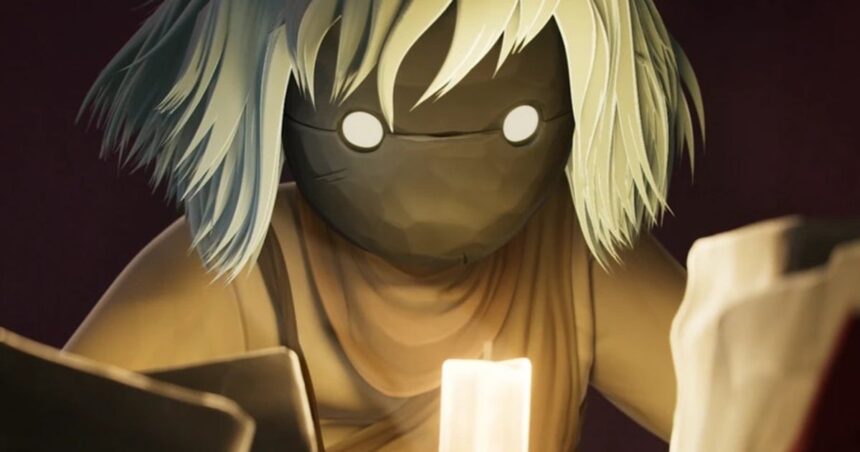Sky: Children of the Light launched on mobile in 2019 as the latest project from Thatgamecompany – the lauded developer behind Flower and Journey.
But few could have expected that six years on, the team’s attempt to imbue a live service game with their signature art style and trademark storytelling without words would still be an active and growing platform that continues to resonate with players.
In that time, the game has been ported to consoles and PC, and found a particularly large audience in Asia, especially in China and Japan. The continuing success of Sky has meant it has now become the firm’s main focus.
Thatgamecompany has since expanded to well over a hundred employees, and the team has been developing the world of Sky through various transmedia projects: including in-game music concerts (in partnership with Norwegian singer Aurora), merchandising, and now a film entitled Sky: The Two Embers.
The aim is to maintain the core thesis of storytelling and human connection that drove the initial project, in which players explore a once-prosperous kingdom and solve puzzles with other players.
They can learn about the history of the kingdom wordlessly through their adventure, but the appeal is the connections players can build that don’t rely on dialogue, thus transcending language and the typical barriers of gender, age, and nationality.
Transmedia ambitions
Over the years, Sky: Children of the Light has continued to grow its world and playerbase (the title has up to eight million daily active users in China alone, alongside audiences across the globe). And whereas many other companies have struggled to achieve their transmedia ambitions, Thatgamecompany has succeeded.
The new film is available via an in-game movie theatre, where players can watch together with friends while exploring a new area inspired by its story. But it has also received special screenings in a number of countries, alongside a two-week limited Japanese theatrical release. The film topped the indie theatre movie rankings in its opening weekend.
Creating this film was a strong personal desire of Thatgamecompany CEO Jenova Chen, who initiated production on the project shortly before the second anniversary of the game’s release in 2021.
Sky: The Two Embers takes place prior to the story of Sky: Children of the Light and follows a young orphan who saves a wounded manatee. After evading capture, the orphan discovers the origins of light in the world and attempts to bring people together as darkness begins to envelop everything.
Explaining the project, Chen said that the film is, in many ways, tied to his own journey of self-discovery and becoming a game developer.
“Where I grew up, video games weren’t a career you could consider. When I left China in 2003, there were no original games in the country, and I went to USC trying to pursue animation as a career.
“Eventually with interactive media I found my calling, but telling a story and using cinematic language is something I’ve always done even then.”
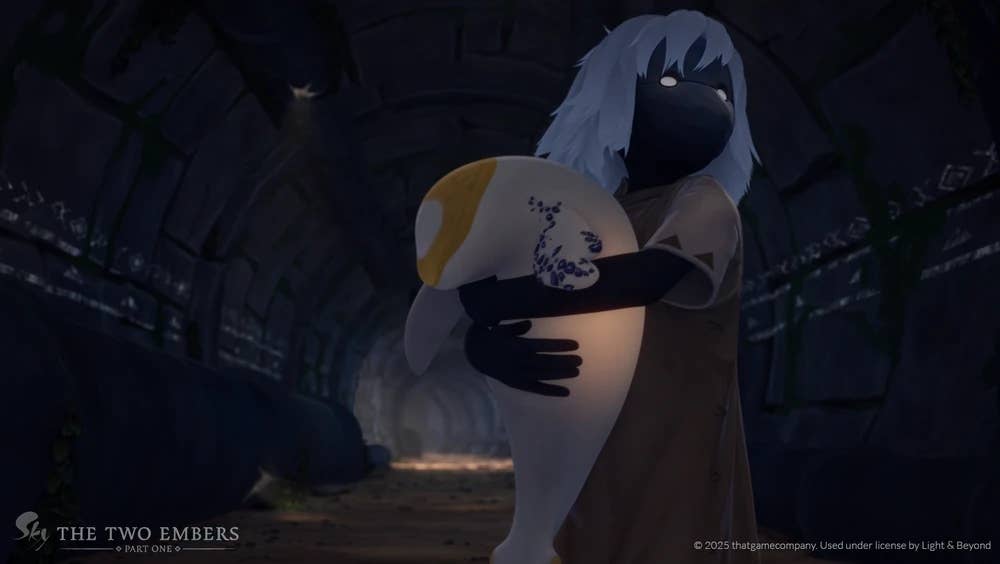
The difficulty with making this film was ensuring that the storytelling of Sky in-game was adapted to the film without losing the core identity of the project.
“From Journey to Sky’s in-game narrative to The Two Embers, we have historically always been trying to tell a story in the genre of a drama, which means at the very beginning, the characters started in a relatively nascent place. By the end, however, this person or thing has transformed into something completely different.”
Chen continues: “In this film, it’s the lowest social status group of people, the refugees in this dark world filled with danger and turmoil, the poorest people, the orphans, who are the ones who can save the world. The losers become the saviours, the kings become beggars, which is the type of transformation you want within drama and one we’re doing while maintaining a balance between the game and the film.
“It’s like Daniel Day Lewis in There Will be Blood. That’s a drama, but the subject matter it touches upon is rich and based on history, human greed, and capitalism. Each storyteller is like a lens – when you shine the light of humanity into it, that reflects in many different colours.”
In maintaining the genre, expanding the world, and telling a story that maintains the core structure of the games while being adapted for a new medium, the hope is to create something that doesn’t sacrifice what people like about the game in the transition.
For this, the team brought in former Thatgamecompany artist Evan Viera to direct the film with his Spain-based animation studio, Orchid, while Kevin Penkin, the experienced composer behind anime series and video games like Florence and Necrobarista, was brought in to write the soundtrack.
Meanwhile, for the Japanese theatrical release, the team recruited the well-known anime actor Yuki Kaji to voice the written intertitles between each chapter, as well as asking musician Kotoringo to perform a new theme song, titled ‘Gifts’.
A long and winding road
The creation of the Nintendo Switch CG trailer for the game was an initial proof of concept for what would eventually become the film.
During the Q&A session attached to the Japan premiere screening, the team admitted the initial plan was to make the film by piecing together CG trailers for the Switch and future planned ports of the game. But later they decided to commit to creating something bespoke and specifically designed for the medium.
Once this approach was finalized, the team initially pitched The Two Embers to major streamers as a TV series, before deciding to release the project as a self-produced film.
The idea isn’t unprecedented. We’ve seen a rise in films and TV based on games, such as Arcane on Netflix, the Minecraft movie, and the live-action Fallout series on Prime Video. As the team would admit, Sky is nowhere near the scale of those properties – yet the cost of such a project is still a major commitment.
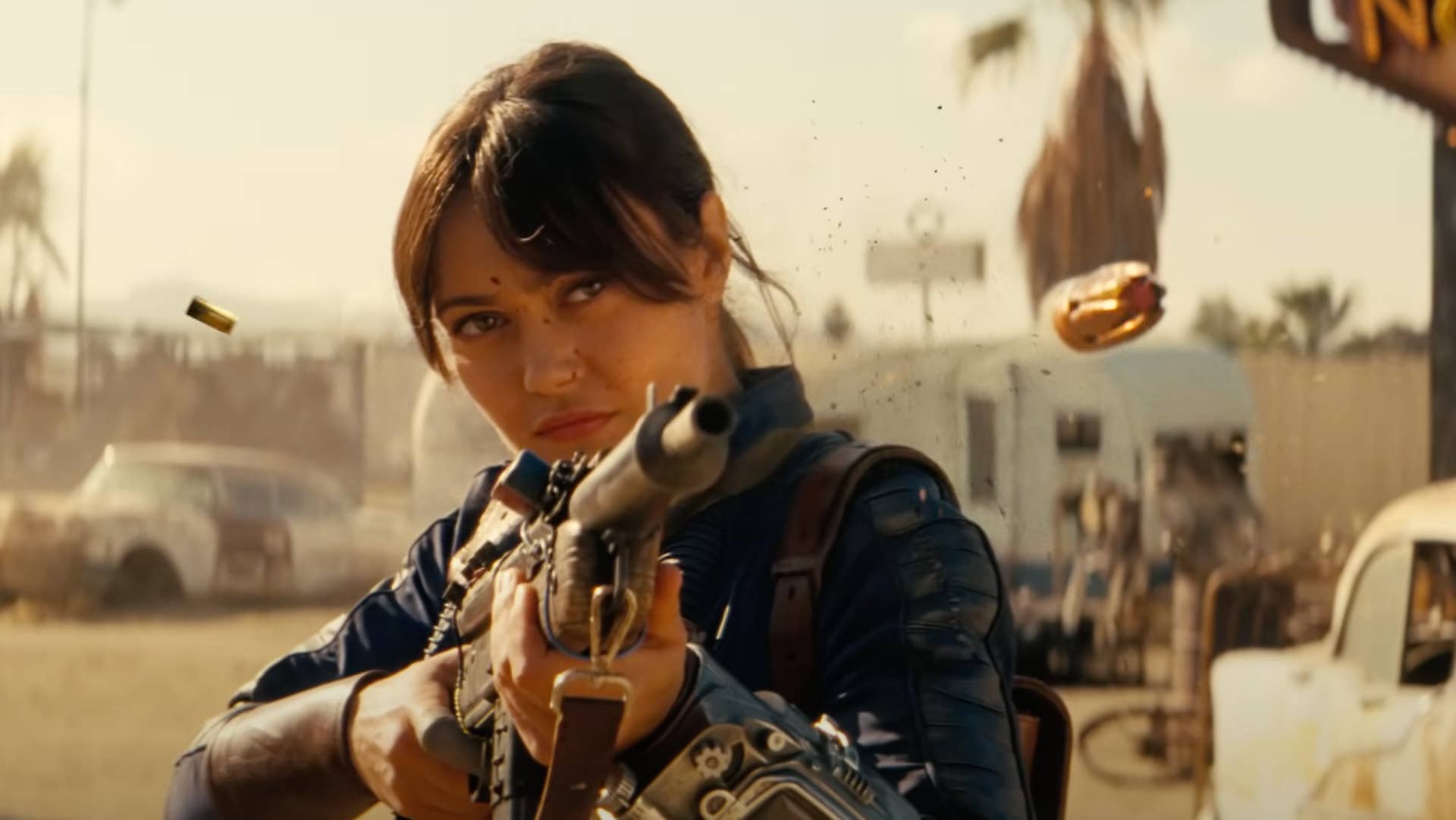
Even with major backing, a transmedia strategy is never a guaranteed success. Just look at the transmedia ambitions of Concord. A short film about the game was produced as part of Amazon’s Secret Level anthology, only for the project to be shut down within weeks of launch and cancelled.
“Initially we were trying to follow what Blizzard was doing with Overwatch,” explained Chen of Sky: The Two Embers’ development. “Since we have three planned platform launches, could we streamline these trailers together so that later we can turn it into a series?
“Because Netflix was also popular during COVID, we were leaning towards a series rather than a theatrical release, so we wrote ten episodes that were about ten minutes each, cutting up the original story written as a film into those episodic chunks. We started talking to Netflix, Amazon, and a number of different streaming platforms about this animation. Most of the responses we got were that they’ve not heard of Sky, but were interested in video game IP.
It proved difficult to strike a deal. “A lot of the reactions we got were that this was weird!” remembers Chen.
“Either it was ‘You’re trying to make animation so we assume you’re making this for children, but there’s no words and children won’t stay awake’, or it was ‘You have to make this for adults, but your film doesn’t have any sexual content or heavy violence so the adult animation brand would not approve this’. So we got rejected by everybody.
“A lot of the reactions we got were that this was weird!”
Jenova Chen, Thatgamecompany
“We were also thinking about just putting it up on YouTube, but that’s basically throwing away all the investment we put into the animation as a free party. It’s very hard for animation to make money if it’s not in theatres or on Netflix, until we considered ways to make it a part of the game.”
The team had built the SDKs necessary to stream video via in-game textures for the purpose of screening the film, as well as for use in the game’s Aurora concerts, and they tested these tools out by streaming live broadcasts to players in-game.
With this, the game would become the platform for releasing the film, taking advantage of the built-in audience and money from merchandising and in-game purchases to make it a success.
Learning experience
Over the years, Sky has managed to grow by constantly seeking new experiences – individually catered for each region – that bring fresh ways for fans to engage with the world and concept of Sky.
It’s this tailored regional rollout that has enabled Sky to have its limited Japanese theatrical run, which has been coupled with a pop-up café tied to the film on Ikebukuro’s Sunshine City observation deck.
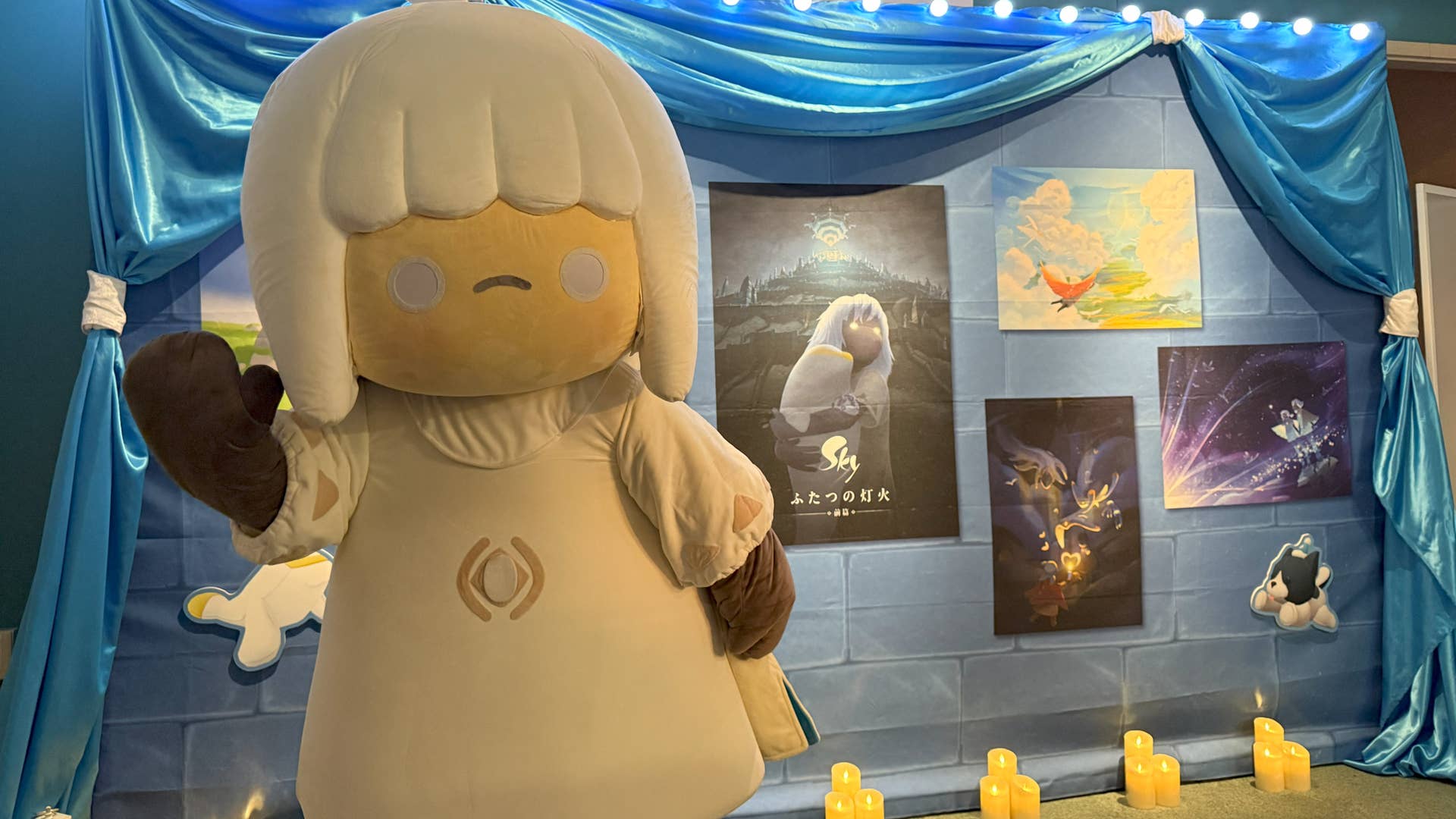
Thatgamecompany has done plenty of in-person experiences before, like the SkyFest events in China and Japan. But Chen says that for things like pop-up cafés and shops, it’s important to keep scale in mind and ensure that any event is researched and specialized for its region, maintaining realistic expectations and avoiding underselling or overselling the experience.
“We initially never did any pop-ups because it’s scary!” admits Chen. “You don’t know how many players will show up, and if you ship all these physical goods somewhere and nobody buys it, it’s a nightmare.
“So we initially used data. We can see where people are playing our games, which cities have a greater proportion of players, and we’ll use that to calculate within one hour of traveling time where we could potentially host an event, how those players would know it existed, if the product is something they’d buy.
“We’ve made many mistakes where we’ve ordered way too much that nobody would buy, to the point that even four years later we still have the leftovers from one order!”
But it’s all about balance, learning from mistakes, and not overcommitting. “[At first] we only had the money to build a game and hope that [we] will make the money back,” says Chen.
“It’s only when the game became very popular and had a very big sustainable audience [that] we could venture out, because if you don’t even have a million players, why would you even consider merchandising? If you don’t see stable income coming into the studio, making a film is very risky.”
Transmedia expansion is a great opportunity to grow an IP and introduce it to new audiences, and Chen has admitted that he learned a lot from past events, and particularly the experience of creating Sky: The Two Embers.
The success of the Japanese theatrical release means the team is considering whether a theatrical release for Part 2, possibly screened alongside Part 1, would be similarly viable, and whether the blueprint of this release could expand to other countries.
Such a release may come with edits to the content of Part 1 to ensure it’s easier to follow for non-fans. (“Many non-players who came with fans were confused on some aspects of the film,” admits Chen.)
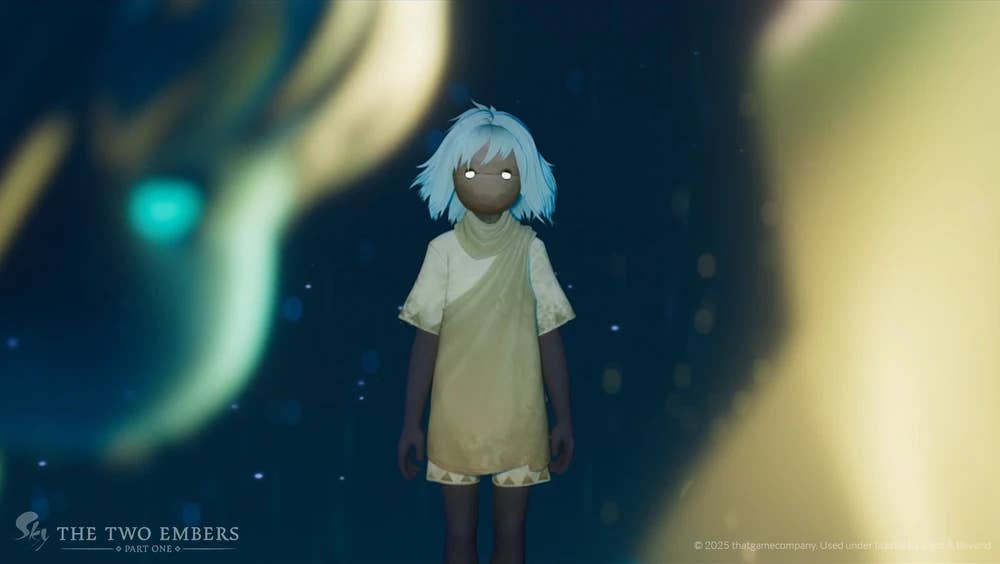
But it’s all about learning from experience, and ensuring any expansion is to the benefit of the company and the core gameplay. Because if your multimedia and real-world expansion doesn’t fit your game, why bother?
With those considerations in mind, however, transmedia expansion can grow the potential and audience of your game, while creating something beautiful in its own right.
“The important lesson I learned making Sky: The Two Embers was ensuring, does the film actually fit the game?” Chen concludes.
“You see Arcane, it has huge critical acclaim, lots of people have seen it, but it doesn’t translate to game sales. It’s great PR [for Riot Games], but if you have revenue concerns, it’s not working for you.
“Then you have Fallout, where the opposite happened. If people love a film, they want to live in it, so if the game allows you to live in that film for a second, if it fulfils that fantasy, then it’s worth doing.”



